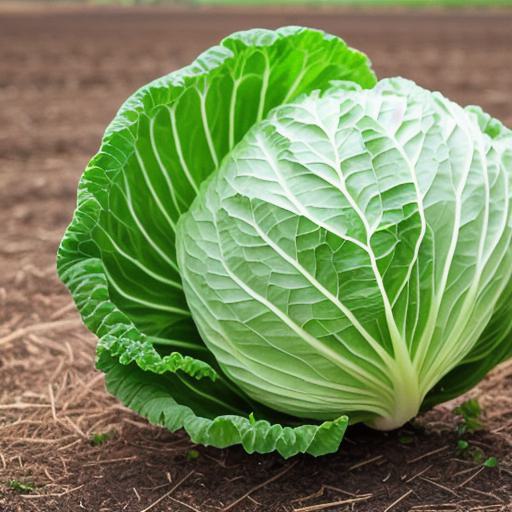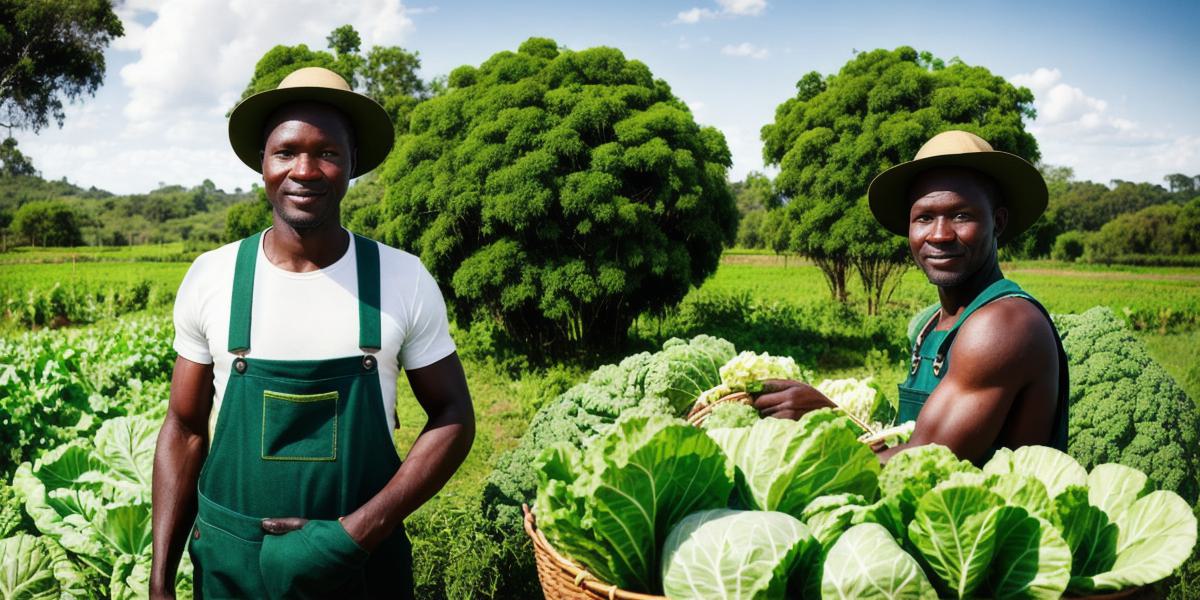Cabbage is a popular leafy green vegetable that is widely consumed in Zimbabwe and Zambia. It is not only packed with essential vitamins and minerals, but it also has numerous health benefits. In this guide, we will explore the best practices for growing cabbage in these regions and help you achieve a successful harvest.
- Choosing the Right Varieties
When choosing cabbage varieties for your garden, consider factors such as climate, soil type, and resistance to pests and diseases. Some popular cabbage varieties in Zimbabwe and Zambia include Red and Green Savoy, Chinese Cabbage, and Bok Choy. It’s essential to research and select varieties that are well-suited to your local conditions.
- Selecting the Right Soil
Cabbage thrives best in well-drained soil with a pH level between 6.0 and 7.0. In Zimbabwe and Zambia, sandy loam and clay soils are common, and you may need to add organic matter or lime to improve drainage and pH levels. Test your soil regularly using a home testing kit to ensure it’s suitable for cabbage cultivation.
- Planting and Maintenance
Cabbage should be planted in early spring or late summer, depending on your region. In Zimbabwe and Zambia, the growing season typically runs from November to March. To prepare your soil, mix compost or well-rotted manure into the ground to a depth of 15-20 cm. Plant cabbage seeds about 2-3 cm deep and spaced about 45-60 cm apart. Cover the seeds with soil and water them thoroughly.
Maintenance involves regular weeding, fertilizing, and watering. Cabbage requires frequent watering, especially during dry weather. Fertilize your cabbage plants with an all-purpose fertilizer every 4-6 weeks, following package instructions. Regularly inspect your plants for signs of pests or diseases and take action as needed.
- Harvesting and Storing
Cabbage is ready to harvest in about 60-90 days after planting. Look for cabbage that is firm and bright green, with leaves that are tightly curled. To store your cabbage, cut off the stem and leaves, then cut it into bite-sized pieces. Store cabbage in an airtight container in the refrigerator for up to two weeks.
Expert Opinion: "Growing cabbage is not only easy but also rewarding. With the right care and attention, you can enjoy fresh, healthy cabbage all year round." – Dr. Jane Mukwati, Horticulturalist and Researcher, Zimbabwe Agricultural University
FAQs:
Q: What are the best ways to prevent cabbage from bolting?
A: Cabbage can be prevented from bolting by providing adequate shade, removing spent flower buds, and harvesting it before it starts to produce flowers.

Q: How do I control aphids on my cabbage plants?
A: Aphids can be controlled using insecticidal soap or neem oil. You can also attract beneficial insects such as ladybugs and lacewings to your garden by providing habitats for them.
Q: What are the signs of cabbage wilt?
A: Cabbage wilt is characterized by yellowing leaves that droop downwards. It’s usually caused by overwatering, poor drainage, or exposure to extreme temperatures.
In conclusion, growing cabbage in Zimbabwe and Zambia can be a rewarding experience that provides numerous health benefits. By selecting the right varieties, preparing the soil, maintaining your plants, and harvesting at the right time, you can enjoy fresh, healthy cabbage all year round.



